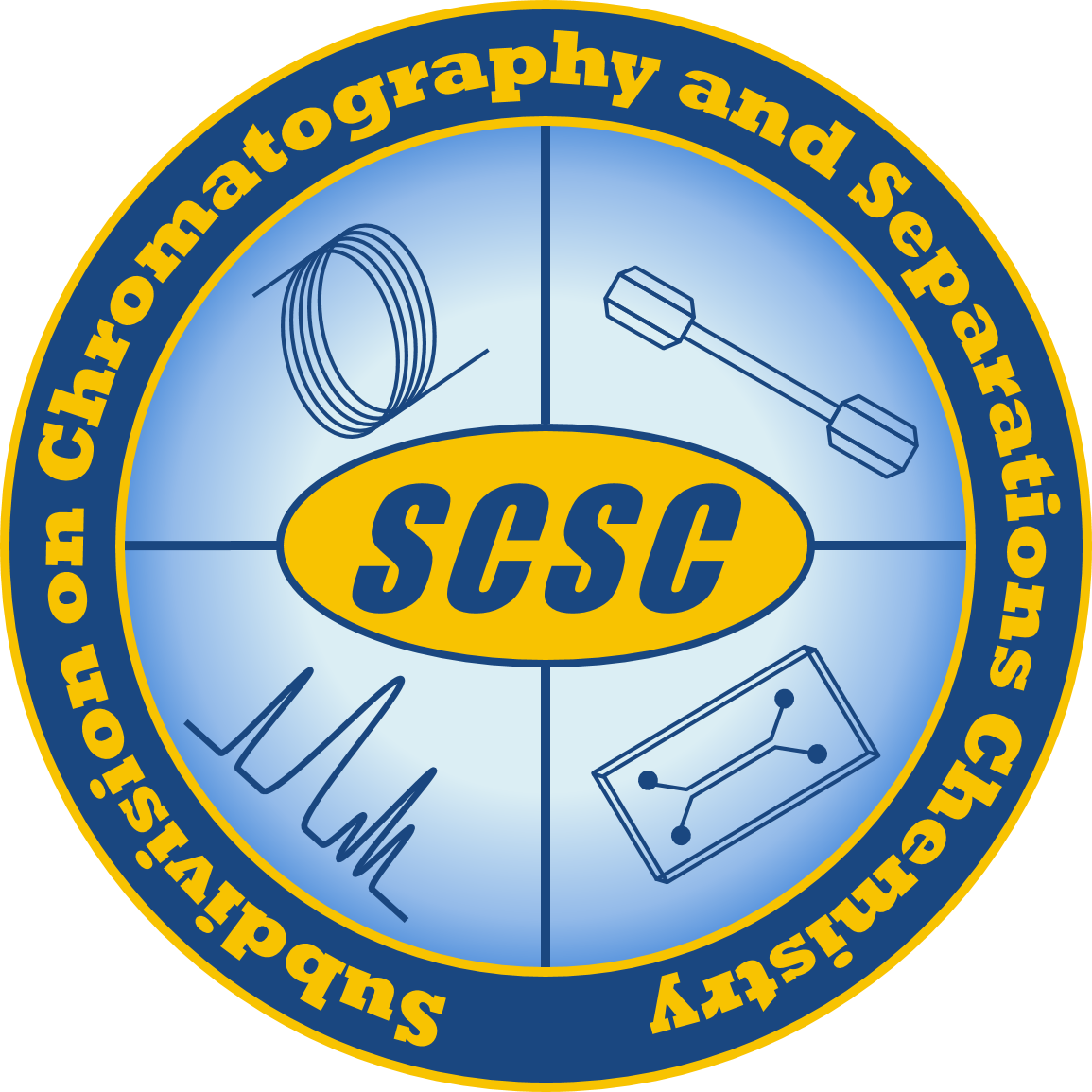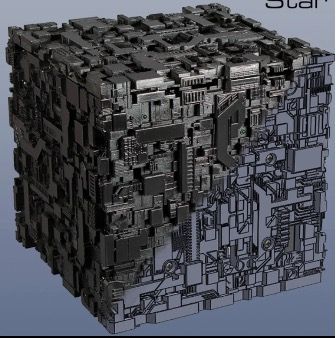The LCGC Blog: The Future of Separation Science: Goodbye Old Friends

This blog is a collaboration between LCGC and the American Chemical Society Analytical Division Subdivision on Chromatography and Separations Chemistry.
I grew up professionally in a laboratory with two HPLC systems, along with capillary and packed-column gas chromatography (GC) instruments—with one of the earliest commercially available mass spectrometers (Finnigan Ion Trap). I moved on to be a technical support chemist for J&W Scientific, a pioneering company in capillary GC columns (now part of the Agilent family).
My graduate studies were centered in capillary zone electrophoresis, and I have since contributed to microfluidic separations. I have a deep history and real appreciation for separations science—I have taught it at the graduate level for twenty-five years. I am currently the Chair of the ACS Sub-committee on Chromatography and Separations Chemistry (SCSC).
Writer’s block
That all being said, I have struggled to write a simple blog for LCGC as a part of this collaboration between LCGC and the ACS SCSC. Why? I wasn’t sure. I basically write for a living, so 900 words should not be that hard.
But I think I have figured it out, and this isn’t going to be a popular opinion: I do not believe in classic linear separations anymore—further, I think separations science is wildly underdeveloped and under-appreciated.
I do not think it will be a popular opinion because a whole lot of people have spent their lives learning and developing these techniques and many people (myself included) have made a good living working within these industries. Suggesting they are not as useful as they could be and may need to be replaced is discomforting.
Okay Mark, now explain yourself
So where is this coming from? Well, I guess it gets back to seeing and thinking about the stunningly small injection volumes and fast total analysis times from microfluidics and high-speed GC. Couple that with multidimensional separations in general, then add in hybrid 3D fab techniques for microscale systems, external field-controlled system and gradient style techniques (increasing concentration while separating), and one can quickly surmise the days of long linear runs of univariate data are numbered.
Yeah, well not so quick.
I was around for the introduction of capillary GC and capillary electrophoresis, which were to replace the packed column GC immediately (it took twenty years or more) and HPLC (it never happened). Things change slowly. Acceptance of new techniques is limited. If engineers and scientists have existing working solutions, they do not really need to change.
Crystal ball
That being said, where do I think separations science will be in 10 years? 50 years?
Extending observations about injection bandwidth, separation speed, available resolution, developing gradient techniques, ease of accurate and precise fluid transfer, programmable external field-influenced separations, orthogonality of techniques, and hybrid 3D fab capabilities, well…at a pretty amazing place.
Mark's idea of the future of separations science.

https://www.startrek.com/article/resistance-to-borg-cube-vr-will-be-well-you-know
There will be “on demand” capability, where the desired target from a complex sample is isolated, concentrated, purified to homogeneity, and delivered to a detector or to a next step. The internal workings will be a highly efficient, multidimensional programmable separations scheme set on foundational physical interaction and hard-won empirical results. All this will be held in a volumetrically small system engineered and created using hybrid 3D fabrication based on the fundamentals of the separations sciences we all know and love. It will probably look like the Borg ship from Star Trek, but our beloved linear separations schemes will be gone.
We have witnessed similar evolutions and revolutions in various spectroscopies (nuclear magnetic resonance [NMR] is an exemplar) and especially mass spectrometry (MS). Vacuum vapor phase separations science! Although, admittedly, they do not resemble the Borg ship.
What are the other implications of this “separations on demand” idea? Well, first of all, think about the resolution and dynamic range that would be needed to pull this off. We can get there, but it will take several axes of separation and uber-efficient sample transfer.
Information extraction
If we can do separations on demand, we can do what I call “whole sample information extraction”—that is, analyze everything (total information theory) in a sample with a gigantic and complex scanning mode. Imagine starting with a blood sample, separate based on size, various similar cells gathered together, then separate on some physical principle such that all cells in a fraction are identical. Then, with each of these fractions, disrupt the cells and separate all the organelles and biochemicals to pure complex structures, disrupt these and separate the resulting complexes or pure materials and delivery to the detector (or multiple detectors). The now-pure homogeneous fractions can be fed into information-rich detection systems (MS, cryoEM, NMR, whole genome sequencing, lipidomics, and so on).
A universal AI approach
Since this system can be operated in a dynamic mode, the various fractions can be queried against a variable input (diseased or healthy, polluted or pure, immune response or non) and AI or machine learning strategies can be employed to determine the most important elements.
It was nice knowing you all
Well, I suspect I have made myself a pariah in my own scientific field—a lot of my friends are making a very good living using and improving our current techniques. However, if my students and younger colleagues’ enthusiasm is any indicator, we will be 3D printing our way into a very interesting future based on our beloved and respected principles of separations. I look forward to a much greater impact on our society as these capabilities are realized.
Mark A. Hayes, Professor, Arizona State University

Mark A. Hayes holds an associate professorship in the School of Molecular Sciences at Arizona State University, where he serves as an active researcher, mentor, teacher, and colleague. His academic career has produced significant results across several disciplines within the analytical, clinical, biological, and physical chemistry communities that includes aspects of engineering, physics, biology, and medicine. He has contributed to several different research areas, ranging from creating bionanotubules from liposomes with electric fields to establishing a framework for vastly improved microscale array-based separations in more than 80 publications and book chapters. He has served as Program Chair, Governing Board Chair, Long Range Planning Chair, and Marketing Chair for Federation of Analytical Chemistry and Spectroscopy Societies (FACSS) over a several-year period and was instrumental in altering the management structure and changing the name of the North American meeting to SciX Conference. He served as president (ending in 2015) of AES Electrophoresis Society. He has mentored 60 undergraduate and graduate students, producing 16 doctorates while supporting them with research funds and prestigious fellowships (NSF, Kirkbright, ACS, Fulbright, FLAS and local awards).

This blog is a collaboration between LCGC and the American Chemical Society Analytical Division Subdivision on Chromatography and Separations Chemistry (ACS AD SCSC). The goals of the subdivision include
- promoting chromatography and separations chemistry
- organizing and sponsoring symposia on topics of interest to separations chemists
- developing activities to promote the growth of separations science
- increasing the professional status and the contacts between separations scientists.
For more information about the subdivision, or to get involved, please visit https://acsanalytical.org/subdivisions/separations/.
Polysorbate Quantification and Degradation Analysis via LC and Charged Aerosol Detection
April 9th 2025Scientists from ThermoFisher Scientific published a review article in the Journal of Chromatography A that provided an overview of HPLC analysis using charged aerosol detection can help with polysorbate quantification.
Removing Double-Stranded RNA Impurities Using Chromatography
April 8th 2025Researchers from Agency for Science, Technology and Research in Singapore recently published a review article exploring how chromatography can be used to remove double-stranded RNA impurities during mRNA therapeutics production.






